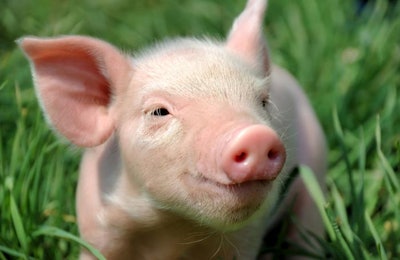
Patterns in the global pig meat trade are revealed when the industry is analyzed using the United Nations Food and Agriculture Organization’s four national development classifications, reported Hans-Wilhelm Windhorst, PhD, in WATT AgNet’s Pig International. The comparison of global pig meat trade data reflects the differences in intensity of pig production, preferences of meat types and the wide variety in self-sufficiency rates.
Those four classifications of nations are least developed (46 countries), less developed (120 countries), newly industrialized (10 countries) and old industrialized (35 countries). The nations are classified by their degrees of economic and social development.
1. Pig meat trade grew 220 percent from 1993 to 2013
The global export volume of pig meat increased from 3.2 million tons in 1993 to almost 10.4 million tons in 2013; an increase of more than 220 percent. The high relative growth rate shows the growing importance of pig meat as a protein source for a fast-growing global population.
2. Large imbalance between more and less developed nations
A closer look at the dynamics reveals that old industrialized countries, such as Denmark, contributed 94.8 percent to world growth of pig meat exports, whereas the newly industrialized countries, like China's growing pig market, contributed only 5.7 percent. The export volume of the less developed countries decreased and that of the least developed countries was negligible.
3. Export/import imbalance in less and least developed countries
Less developed countries made up 20.3 percent of the world’s population. These 120 countries account for only 0.7 percent of pig meat exports, but 9.1 percent of pig meat imports.
For the 46 least developed countries with 12.5 percent of the planet’s population, exported no appreciable amount of pork, but imported 0.5 percent of the world supply.
4. High exports and imports in old industrialized countries
The imbalance in global pig meat trade becomes obvious when considering that only 15.2 percent of the world population lived in the old industrialized countries and that they contributed 92.4 percent of global pig meat exports and 68.2 percent of global pig meat imports.


















